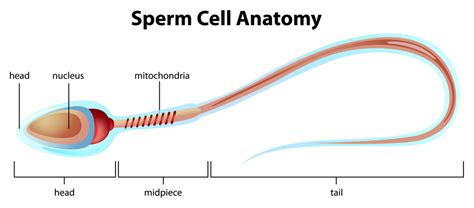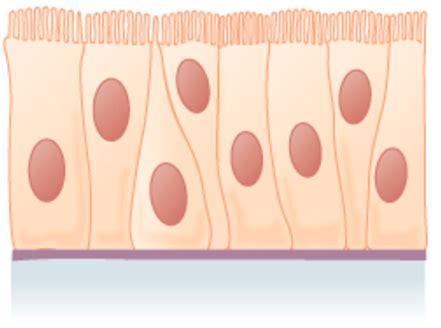What is different about gametes?
Specialised Cells Quiz
Read about Sperm Cells – 2 mins
| Feature | Purpose |
| Streamlined shape | Helps to swim with less resistance |
| Many mitochondria | Provides energy for movement |
| Acrosome | Contains enzymes to break down the egg’s jelly coat (membrane) |
| Flagellum | Allows sperm to move |
| Haploid nucleus | Contains half of the chromosomes required, the rest come from the egg |

Read about Egg Cells – 1 min
| Feature | Purpose |
| Lots of nutrients in the cytoplasm | Provides nutrition for the growth and development of the embryo |
| Membrane and jelly coat harden after fertilisation | Ensures only one sperm cell can enter the egg |
| Haploid nucleus | Contains half of the chromosomes required, the rest come from the sperm |
Read about Ciliated Epithelial Cells – 1 min

Good Luck!
What are Specialised Cells?
They are lots of different kinds of cells around our body and they are all responsible for performing different actions. For example, skin cells are there to protect our bodies from pathogens and infections, this keeps us healthy and free of disease.
Some cells are very specialised, whilst others only have a few features which differentiate them from others. A good way to understand the difference in the roles of these cells is to look at them through a microscope and inspect their sub-cellular structures.
Each of the sub-cellular structures has its own purpose and it is possible to extrapolate upwards to the role of the whole cell. For example, cells that make enzymes are packed full of ribosomes. As we know, ribosomes are the sites of protein synthesis, therefore if we saw the ribosomes under a microscope we could figure out the function of those cells.
How are Sperm Cells Specialised?
Sperm cells are some of the most specialised cells in the entire body, looking completely different in shape and having a unique function. Sperm cells are tasked with transporting the male half of DNA to the egg cells and fertilising it.
In order to perform this task, it has a haploid nucleus, which means that it contains only 23 chromosomes, the other 23 are contained within the egg. Another adaptation is the flagellum which makes them iconic, these allow sperm cells to move around and their movement is supported by another specialised feature, lots and lots of mitochondria to give the energy for that movement.
Did you like our Specialised Cells Quiz? If you want to find out more about the basics of cells, why not try our Cells Quiz next?
